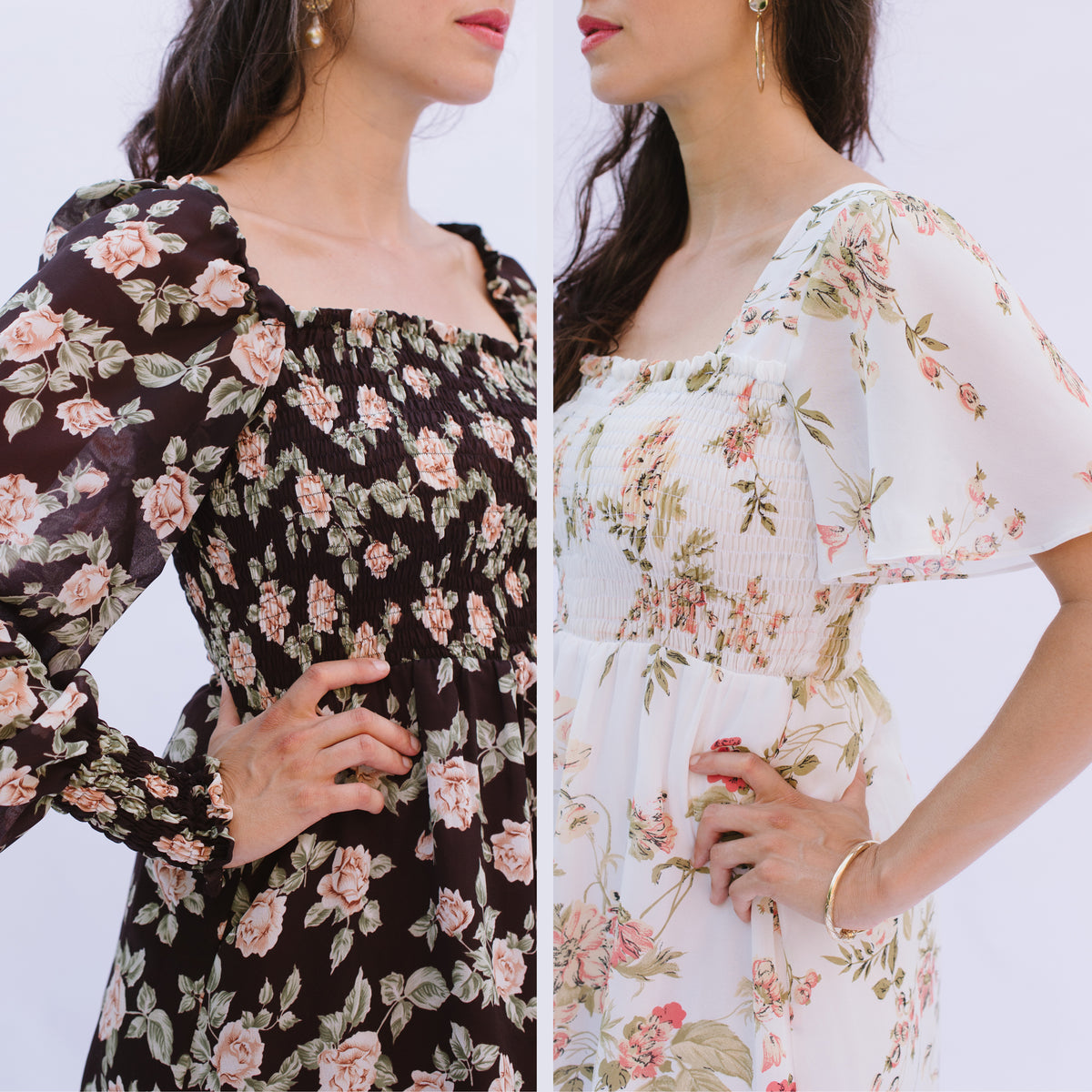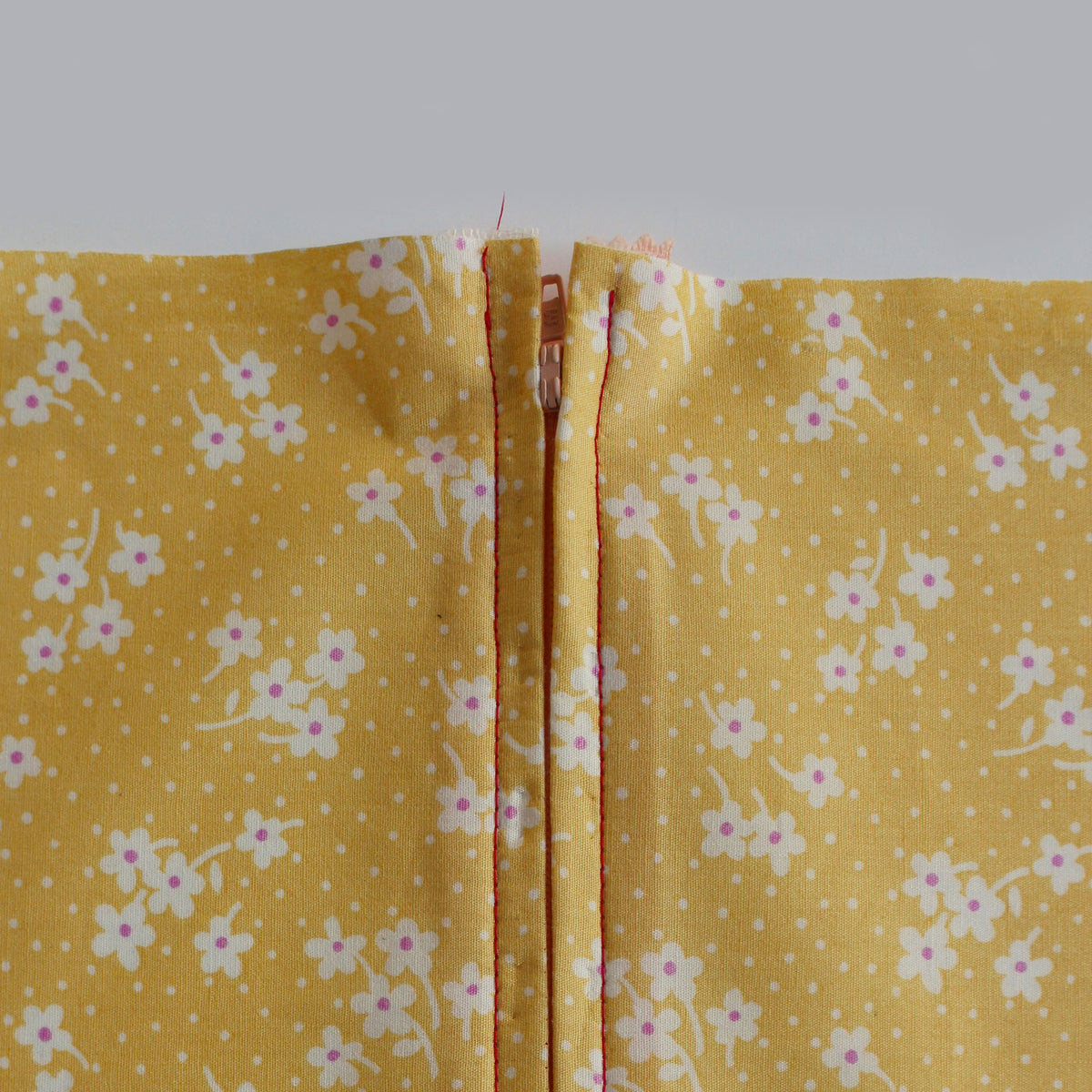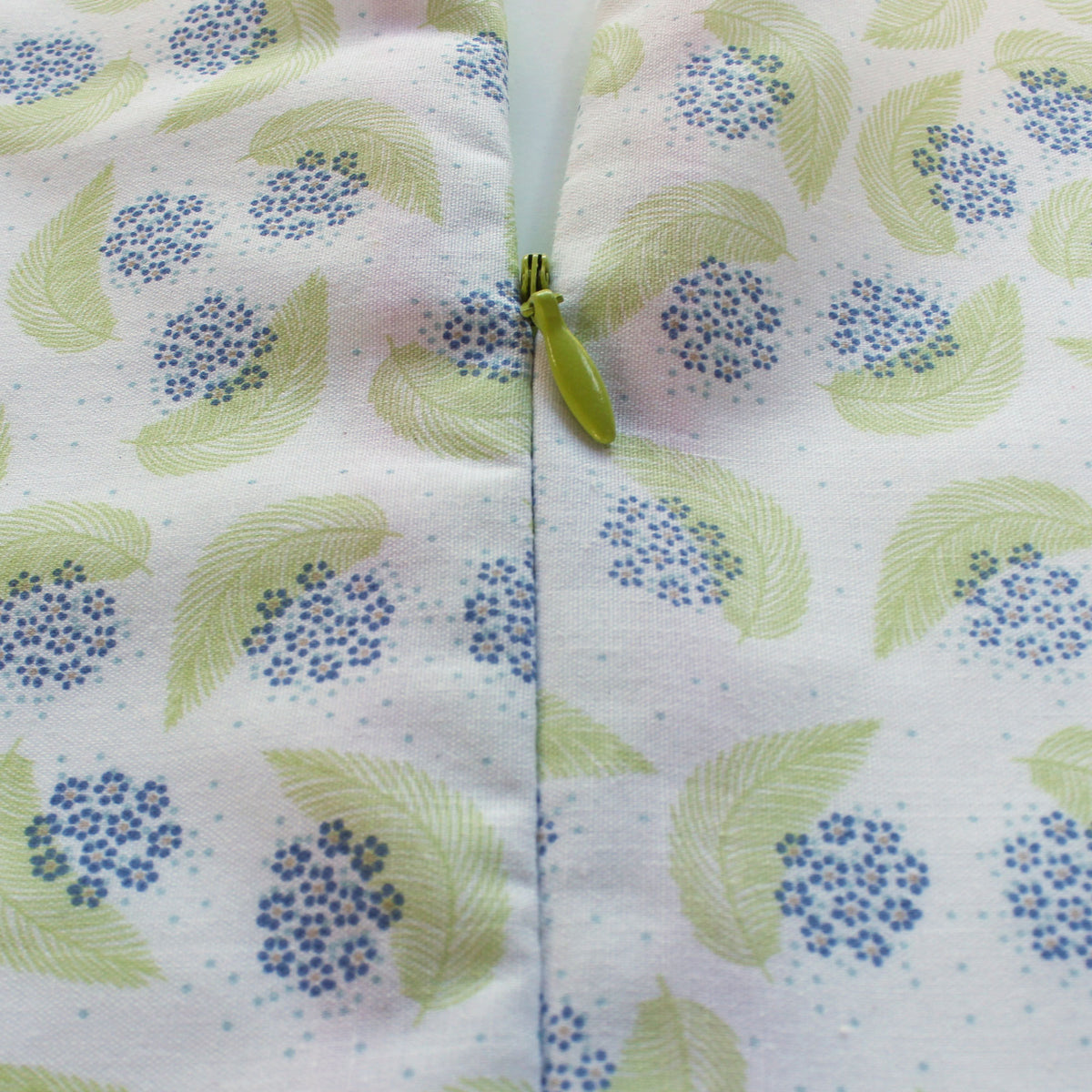Free Face Mask Pattern

UPDATE: May 25/20
I've edited the pattern for a better fit along the profile, as well as added an XL size.
I've also added three new sizes to the pattern so that it can be used more appropriately for men and children.
Hi guys! I hope you're keeping safe and healthy during this crazy time. After a bit of tweaking a few masks patterns, I've found a fit and style that I really like and I wanted to share it with you, in case you'd like to make masks for yourself, or your community.
This mask features a center seam that has shaping to accommodate the nose and chin. It also has two two layers of fabric, and a slot for a filter to be placed between layers.
You can download the pattern here, and below you can find a sew-along for the instructions.
Continue reading for the step by step instructions below.
If you would like to keep this pattern close at hand, just save this pin to your Pinterest sewing board.

Please note: These masks are not intended as a replacement for the N95 masks as they are not medical grade. They will provide a protective barrier that can help reduces exposure.
Mask Supplies:

- Pattern
- Outer Layer fabric - Cotton: 18" x 14" (pre-shrink fabric)
- Lining Fabric - Cotton: 18" x 14"(pre-shrink fabric)
- 1/8" - 3/8" width elastic - 26" in length ( An alternate option to elastic is a strip of jersey knit, cut along the stretch grain)
- Safety Pin
- Chalk
- Paper clip (optional - the mask is very snug along the nose without a wire)
Note: It's important to use two types of fabric so that you can easily determine which is the outside of the mask. You don't want the that side of the mask to come into contact with your face.
Cut fabric:
- Fold the outer layer and lining fabric in half so that you are cutting two layers at once.
- Cut 2 Lining Pieces and 2 Outer layer pieces


Finish edges:
- Finish the side edges of all pieces with a serge or zig-zag stitch.
- Tip: Sew edges in a continuous stitch and cut apart once sewn.


Lining side edges:
- Fold the side edges of the lining over towards the wrong side by 3/8" (1 cm). Use the notches as an indication for the fold.
- Sew the folded side edges of the lining at 1/4" (6 mm) seam allowance.


- Place the lining pieces right sides together, alining the center edges.
Sew this edge at 1/4" (6 mm) seam allowance. - Place the Outer layer pieces right sides together, aligning the center edges. Sew this edge at 1/4" seam allowance.
- Finish the edges with a serge or zig-zag stitch.

Sew layers together:
- Place the outer layer and Lining right sides together, aligning the center seam.
- Sew layers together along the upper and lower edges. Finish with a serge or zig zag stitch.

- Turn the mask right sides out.

- Press along the upper and lower finished edges.

Elastic channels:
- Fold the side edges of the outer layer over, wrong sides together, so that the edge aligns with the folded edge of the lining.
- Sew the side edge fold at 1/2" seam allowance. This will create a channel for the elastic.

- The lining should be able to separate, and a filter layer can be places in between the fabric layers.

- Attach a safety pin to one side of the elastic.

- Insert the elastic into one of the side channels of the outer layer.
Push the safety pin through the channel. - Once it exits the first channel, insert the safety pin through the next channel, entering this next channel in the opposite direction as the first channel.


- Tie the elastic ends together in a knot. You will want to adjust this to fit your properly.

Optional nose wire:
- Straighten out a paper clip
- Not pictured here, but it's a good idea to curl in the ends of the paperclip, to prevent the wire from popping through the fabric.

- Place the paper clip onto the lining side of the mask, along the "nose" edge.
- Form the wire into the share of the edge.
- With chalk, mark the wire "end points" onto the lining.

- At one of the "end points", sew a very sturdy backstitch, and pivot to sew along the upper edge of the mask, about 3/8" away form the edge, until you reach the next "end point". This will create a channel for the wire.

- Insert the wire in between the layers, and feed it into the wire channel.

- Once the wire is inserted, close the channel by sewing along the second end point with a strong backstitch. It is important that the end point stitches are secure so that the wire does not slip through the stitches.
- When you wear the mask, form the wire to conform the the shape of your face for a more snug fit.

If you would like to keep this pattern close at hand, just save this pin to your Pinterest sewing board.
YOU MAY ALSO LIKE:
11 Responses
afc350
I love the design of this mask, and would like to makes few. How do I adjust this pattern for men or children? Thank you in advance for your help.
Dee
Please could you send me the free face mask pattern. Many thanks
Andrea McDonough
The mask pattern here on Pinterest doesn’t have any seam allowance. Do I add it or is it already included.
Thank you
Andrea
Angela
Thank you so much! I just hand sewed one & used a shoe lace instead of elastic. Your pattern fits so well.
Debra Hofmeister
Thank you!
Katrin
Thank you for this great pattern and tutorial! I’m making XS and S for my girls and they fit wonderfully, will surely make some for myself as well.
There are plenty of patterns around that I’ve tried but this one has a great fit and is very easy to make.
Special thanks for suggesting to zig zag all pieces in a row. Pro tip!
Greetings from Athens, Greece 🇬🇷
Pam
Please send the pattern for the mask. Thank you
Rachel Julia
Thank You for such a good pattern and clear directions! These masks were easy to make and I have made several now.
Judith Brown
I have tried several face mask patterns and this is the best, super easy and fits better than most, very happy
caroline spitler
is there any way you can post a video with you making a mask?
Leave a comment
Comments will be approved before showing up.
Also in The Victory Patterns Blog

Pair the Sofia Bell Sleeve Strap with any sleeve option

How to sew a centered zipper
A centered zipper is one of the most usefull zippers to be able to sew. They are commonly used in skirts, dresses, and pants, as well as cushion covers and handbags. In this tutorial, we'll show you how to sew a centered zipper using directional sewing, which avoids the fabric from shifting in different directions once the zipper is sewn in.






Valerie Cummings
December 05, 2020
thank you!